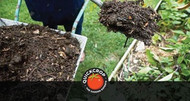The Benefits of Mulching in the Garden
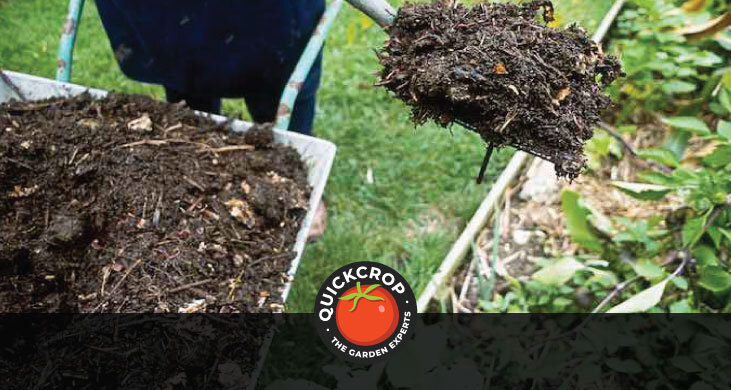
Mulching is the practice of covering the soil surface with a layer of material to protect your plants or to insulate or improve your garden soil. It’s a widely used technique in landscaping and agriculture, and a key skill to have in your gardening playbook.
Mulch can consist of either organic (e.g. shredded leaves, compost) or inorganic (plastic sheeting, gravel, stones etc) material. Each of these options has its own pros and cons, which we will go into further on in the article.
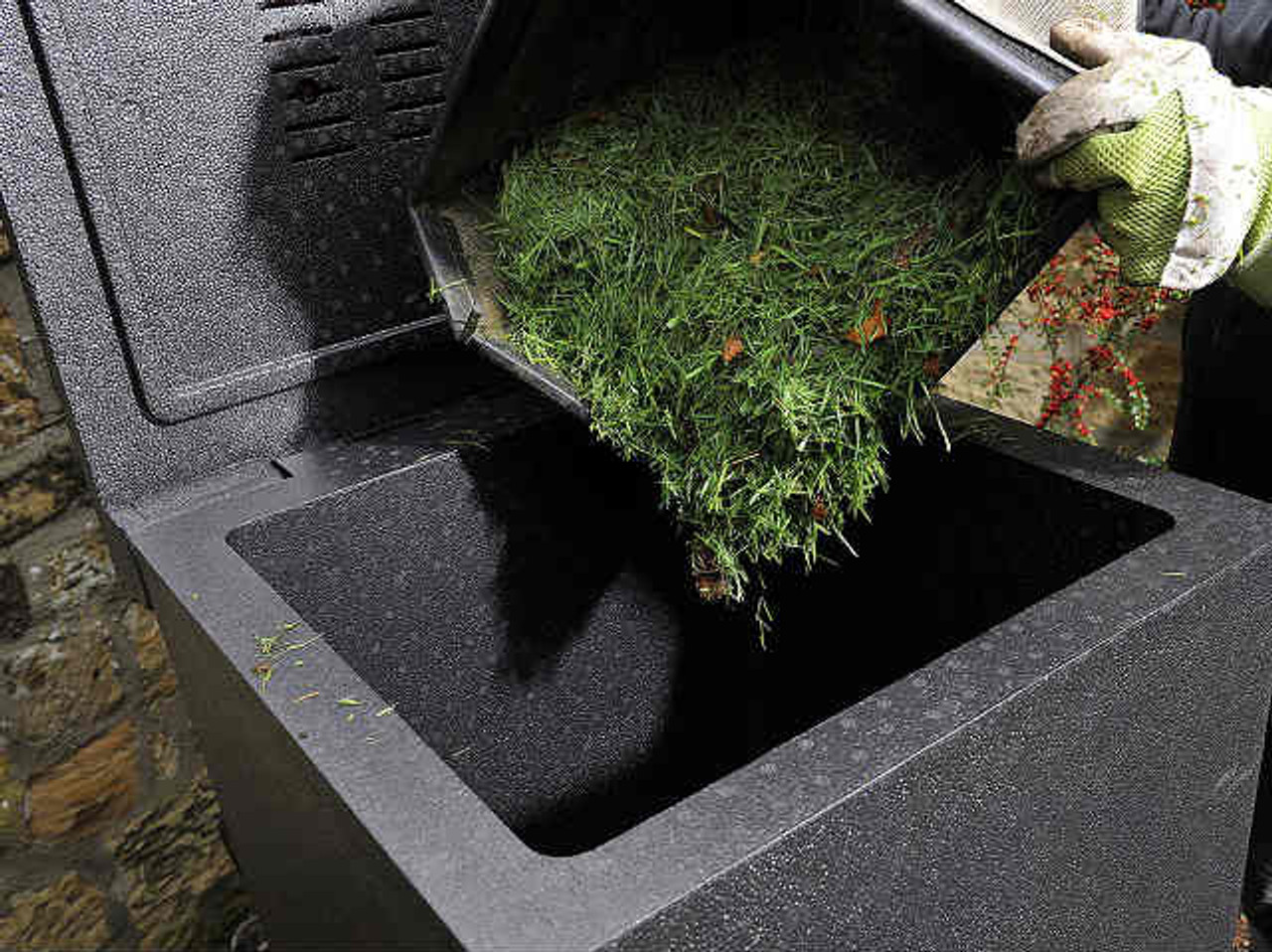
Hotbin Composter - Hot Compost Bin 200 Litres
View ProductWhat are the Benefits of Mulching?
1 - Suppresses weeds
2 - Helps soil retain moisture
3 - Regulates soil temperature
4 - Organic mulch can improve soil quality as it breaks down
5 - Protects against soil erosion or compaction
6 - Lends a neat, aesthetic appearance to garden beds etc
Weed Suppression
Weed seeds in your garden soil generally need sunlight to germinate. Both organic and inorganic mulches can act as a barrier that cuts off this sunlight, preventing weeds from establishing themselves and competing with your plants for nutrients or water.
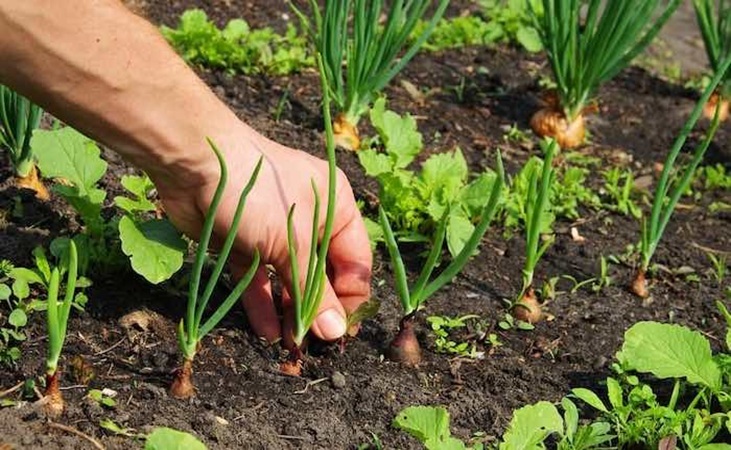
A layer of mulch can also smother existing weeds, hindering further growth, or thwart weed seeds blown in on the wind. In effect mulching is a natural, chemical-free weed control method with all the added benefits we will go into below.
The mulch layer doesn’t need to be very thick to discourage weed growth, but thicker layers can have a higher success rate. A layer of 2-4 inches is typically recommended for organic mulch material.
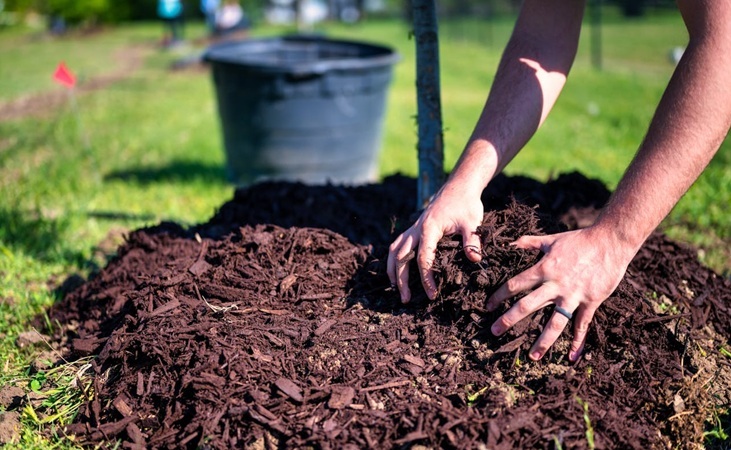
Note that firmly established perennial weeds can be trickier to deal with, and mulching may not be enough to discourage their growth and spread - indeed they are known to push their way up through your carefully laid fabric.
Helps Soil Retain Moisture
Mulch creates a protective layer just above the soil surface: this can reduce the rate of water evaporation caused by sun or wind exposure. This is particularly important during hot summer months, or in drought-prone areas where water conservation is a priority. Many gardeners will employ mulching as a short-term measure during hot, dry spells.

Wood Chip / Bark Mulch - 850 litre bag
View ProductOrganic mulches like shredded bark, straw, or compost are especially effective at maintaining consistent soil moisture. These materials absorb and hold onto water themselves, slowly releasing it back into the soil as needed.
Inorganic mulches such as gravel or landscape fabric can also reduce evaporation, but don’t have the same slow-release effect.
By helping the soil stay moist for longer periods, mulching can reduce how often you need to water your garden. This frees you up time-wise and is also good for water conservation - particularly as gardening water demands often peak when the water supply is already under pressure.
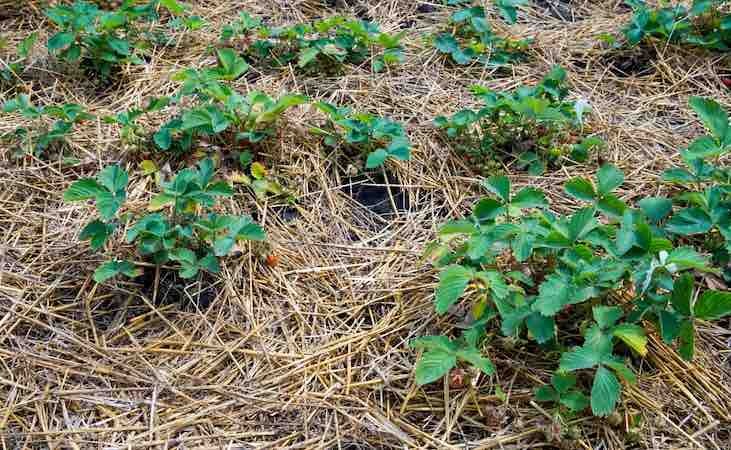
Regulating Soil Temperature
Mulch can protect your soil, as well as plant roots near the soil surface, from temperature extremes. If the weather is in the high 20’s for example, a strategically applied layer of mulch will keep the soil cooler.
The same applies in the other direction, as mulch can have an insulating effect that buffers against frost or cold snaps. The freeze-thaw cycle can be very damaging to plant roots, sometimes killing them off altogether.
This temperature regulation effect can be especially beneficial when getting young seedlings established, or for temperature-sensitive plants such as tomatoes or roses. Steady, relatively consistent soil conditions will ensure healthier plant growth.
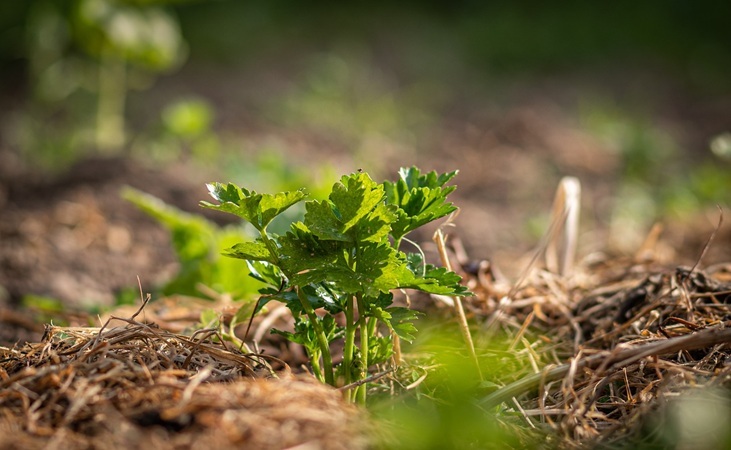
Mulching your vegetable beds can also enable earlier spring planting by warming the top layer of soil.
Soil Improvement
One of the great benefits of using organic mulch is that the organic material will break down and decompose over time. Just like in nature, this process returns living or once-living material to the soil, enhancing soil quality and making nutrients available to plant roots.
The decomposition of organic material encourages microbial or worm activity, as well as improving soil structure. For example, it can make sandy soils more moisture-retentive, or clay soils more free-draining.
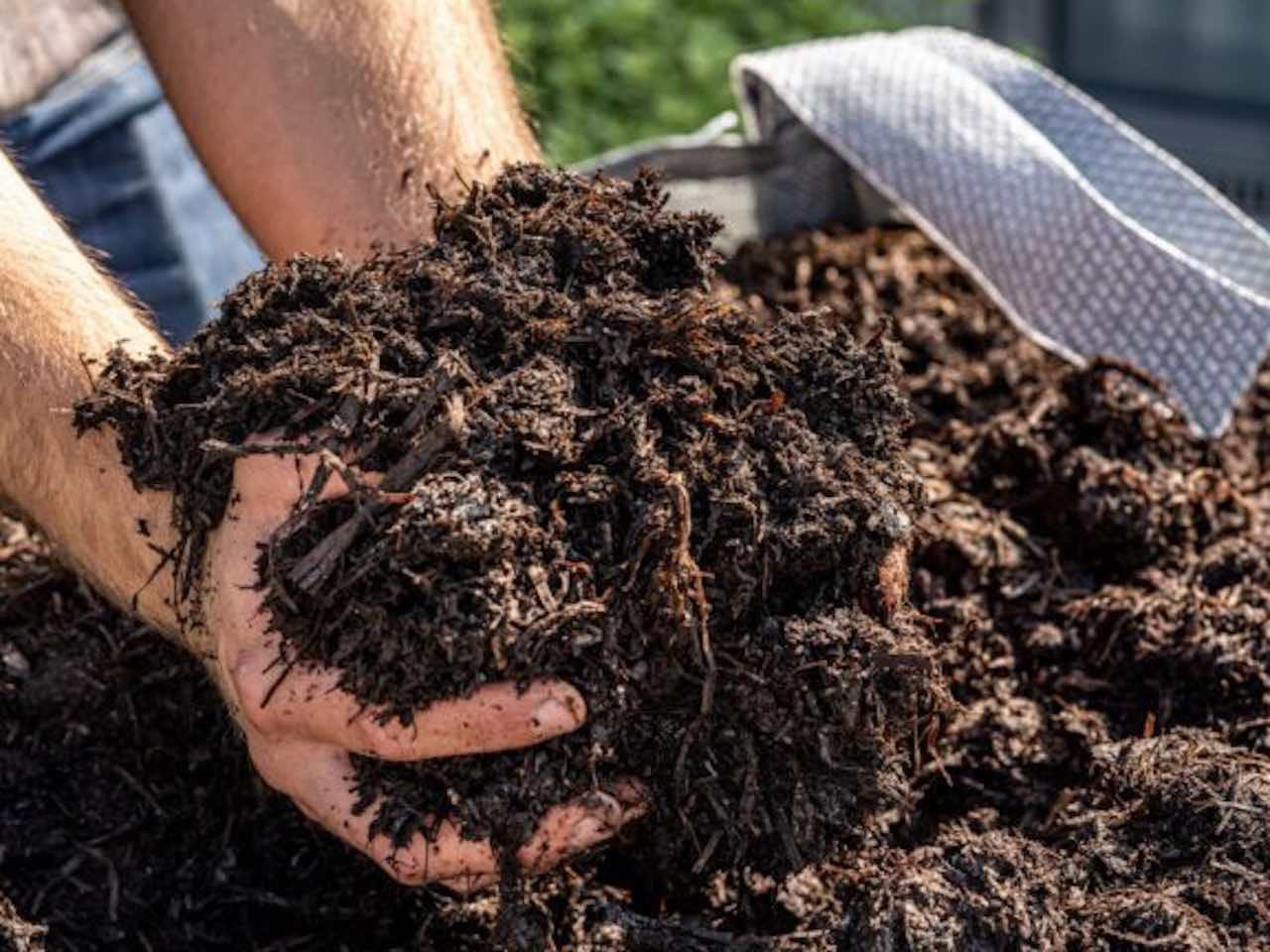
Mushroom Compost - 750 Litre Bulk Bag
View ProductThis natural soil improvement method supports long-term soil health and reduces the need for synthetic fertilizers. It is one of the key advantages of organic mulches over inorganic options.
Protects Against Soil Erosion
A bare, exposed soil can be vulnerable to weather extremes. Heavy rain can wash away topsoil, while strong winds can disrupt or blow particles away, especially when the soil is dry and loose.
Mulching provides a protective barrier that helps keep topsoil in place, especially on slopes or in heavy rainfall areas. A layer of mulch can also reduce water runoff and nutrient leaching.
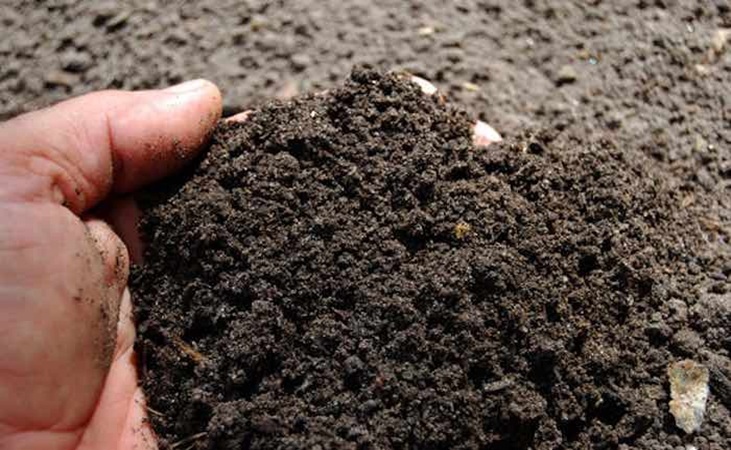
Another issue is that of soil compaction, which is where soil particles are pressed tightly together. This is commonly associated with foot traffic, but it can also be brought about by heavy rain or hail. Compacted soil restricts air and water movement, making it difficult for plant roots to grow and for beneficial organisms like earthworms to thrive.
Mulch can help to reduce soil compaction by cushioning the force of rainfall or other pressures on the soil surface.
Adds Aesthetic Appeal
Aside from its functional benefits, mulching also has an aesthetic appeal for many gardeners.
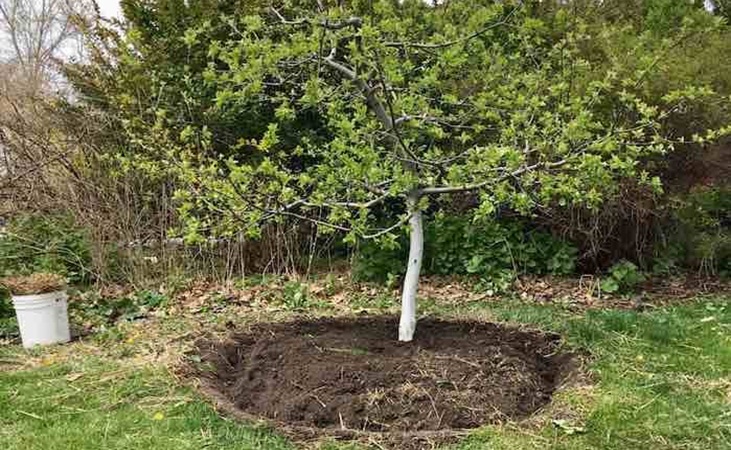
Freshly mulched vegetable beds or rows, for example, tend to look very tidy and organised - even if your overall gardening process is a little more chaotic and hopeful.
With a wide variety of mulch types and colors available - from bark to partially broken down leaves to sleek gravel - you can choose a material that complements your garden’s unique style.
Types of Organic Mulch
Bark Mulch or Woodchip
Bark mulch or woodchips are made from tree bark or chipped branches; this kind of material is commonly used for landscaping work. It breaks down more slowly than other organic material like compost or leaves, so it is suitable for longer-term soil protection.
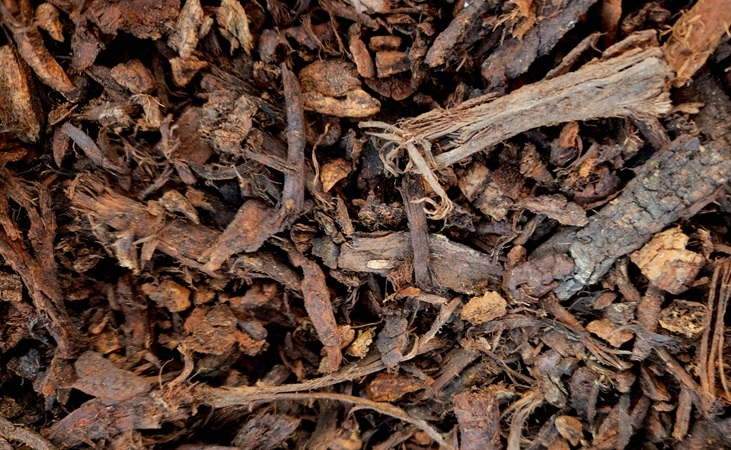
Softwood material (e.g. pine or spruce) will break down quicker than hardwood, while woodchips will decompose more readily than bark mulch.
Whatever the exact type, wood mulch is very effective at keeping soil moisture locked in, while improving soil texture in the long-term as the material breaks down. It is particularly suitable for placing around fruit trees or mature shrubs.
It is a common worry that woodchip material can tie up nitrogen, but in reality it has a minimal effect. If you were digging the wood chippings or bark into the soil it would be a different story, but when a layer is applied on top of the soil surface there is a relatively small amount of direct contact with the soil.
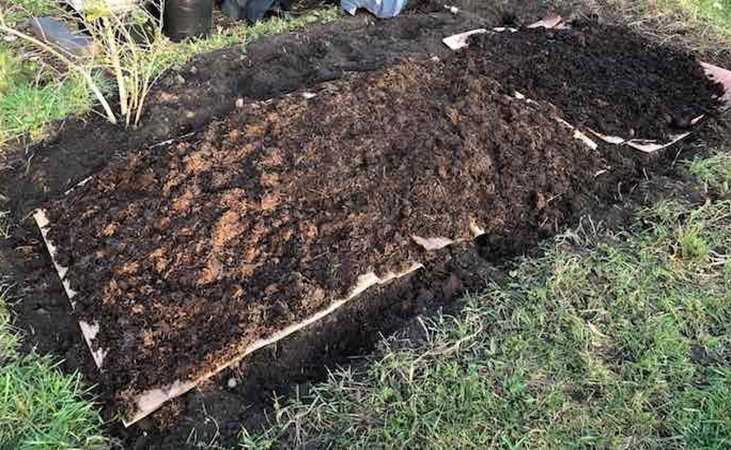
Compost
Compost can be used as a mulch in addition to the way it is most commonly used in the garden (i.e. adding to the soil ahead of planting). If you spread it over the soil surface as opposed to digging it in, it will perform in a similar way to our other mulching options: enhancing moisture retention, regulating soil temperature and discouraging weed growth.
Of course, as the compost continues to break down, it will improve soil fertility, add a range of nutrients and feed soil microorganisms.
There are some potential pitfalls, especially if the compost has not fully matured - as it can then contain weed seeds or possibly burn plant roots.

Envirogrind Enriched Compost 850L
View ProductCharles Dowding is a big advocate for using compost as a surface mulch. It is one of the cornerstones of his ‘no dig’ approach to gardening, which focuses on building soil health by minimizing disturbance. Rather than turning the soil, he layers compost on top, allowing worms and microbes to incorporate it naturally - thereby improving soil structure and fertility over time.
Straw or Hay
Clean, seed-free straw is an excellent mulch for vegetable gardens. It creates a light, breathable layer that suppresses weeds and helps retain moisture. It's especially helpful in hot, dry climates or in raised beds, where soils can dry out more quickly.
Avoid using hay unless you’re sure it’s weed-free, as it often contains seeds that can sprout in your garden.
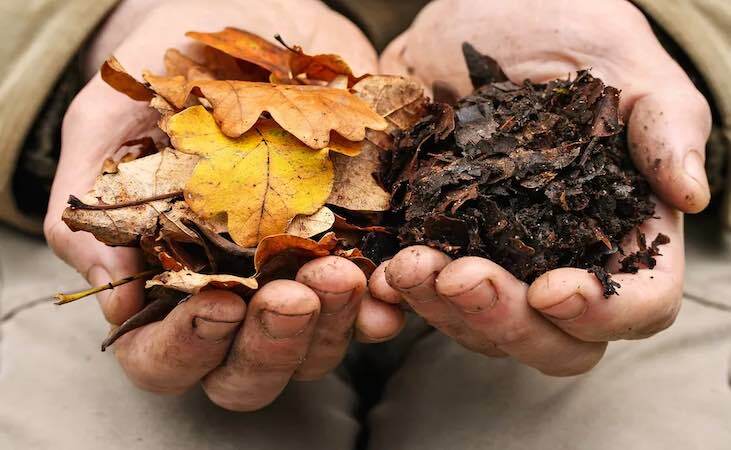
Leaf Mulch
Shredded or partially broken down leaves make for an excellent mulching material, as well as one of the more readily accessible natural sources.
It is better to shred the leaves before using them, as intact leaves are prone to matting, which can suffocate the soil. Leaves can be shredded with a lawnmower or with a leaf shredder; this also makes them quicker to decompose.
On the other hand you can gather leaves together into a pile or specially-designed cage so that they can break down gradually over time. This has the added benefit of providing a habitat for wildlife.

Jute Leaf Bags (pack of 3)
View ProductLeaf mulch will not provide nutrients to the soil in the same way that compost does, but it is an excellent soil improver.
Seaweed
Seaweed makes for an excellent natural mulch - and an accessible free source, particularly if you live near the coast. It contains a broad range of trace elements and nutrients, enhancing your soil as it decomposes as well as stimulating microbial activity (worms are particularly fond of the layer of mush just under the mulch surface).
Applied in a 7-10 cm (3–4 inch) layer over vegetable beds, it helps to retain moisture, moderate soil temperature and suppress weed germination. The rough, salty texture might also dissuade slugs.
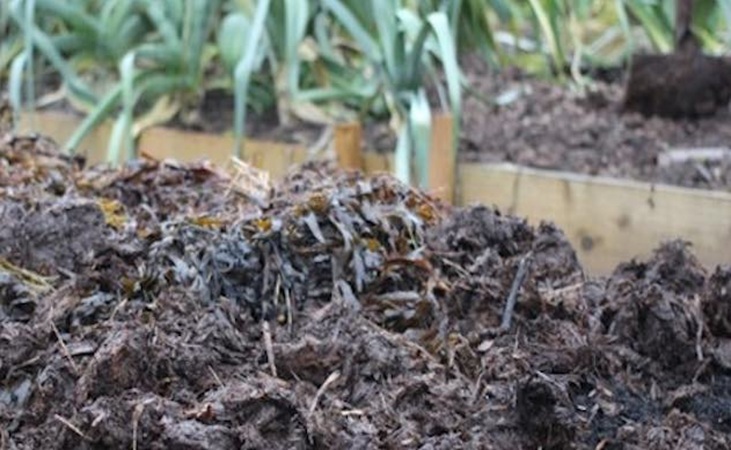
Something to be aware of is that there are restrictions around seaweed harvesting. In many coastal areas, foraging seaweed is permitted only in small, non-commercial quantities and typically only from loose, washed-up material rather than harvesting it directly from living beds. This helps ensure sustainable and responsible use.
Grass Clippings
Fresh grass clippings can be used as mulch, particularly in vegetable gardens. They're nitrogen-rich and decompose rapidly, enriching the soil as they break down. However, they should be applied in thin layers and allowed to dry slightly before use. Thick, wet layers can become slimy or smelly and may attract pests.
Make sure your lawn hasn’t been treated with herbicides or pesticides, as these can carry through and affect your garden plants.
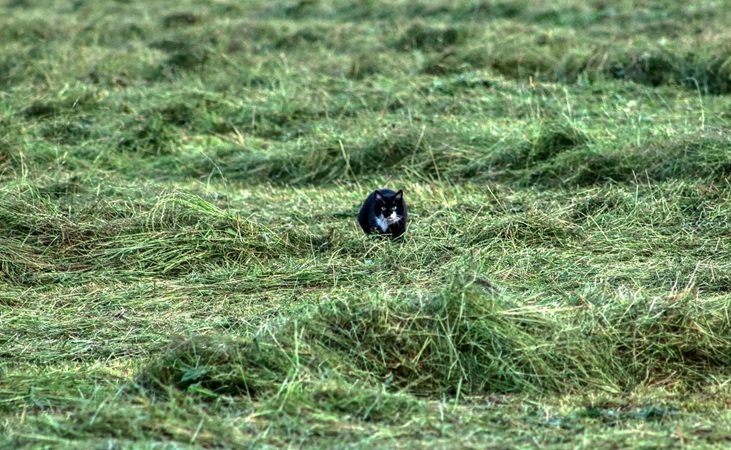
Examples of Inorganic Mulches
Gravel, Rock or Stones
Stones, pebbles or crushed rock material are often used for mulching purposes; it's particularly common in landscaping. This can be an attractive feature in an urban garden and lends a neatness to the visual layout.
Gravel or rock is a long-lasting soil cover and won’t need to be replenished; of course it’s also true that it won’t break down and add organic material to the soil. It is very good for improving soil drainage.
One potential con is that these materials can absorb and radiate heat, raising the soil temperature around plant roots; this can be an issue in hot climates. Organic debris like leaves or dust can also accumulate between stones, providing a possible opportunity for weeds to grow. Pebbles meanwhile can be spread around by birds, ending up in other areas of your lawn or garden.

Decorative Round Grey Pebbles - 1 Tonne Bag
View ProductUsing gravel, stones etc in combination with landscape fabric can be more protective against weeds.
Rubber Mulch
Rubber mulch is made from recycled rubber, often sourced from shredded tires. It’s commonly used in playgrounds for its shock-absorbing properties.
Rubber mulch is durable and does not break down over time, making it a long-lasting option. It also allows water and air to penetrate the soil easily. However, it may contain chemical residues or leachants, which raises concerns about its use near edible plants or in ecologically sensitive areas.
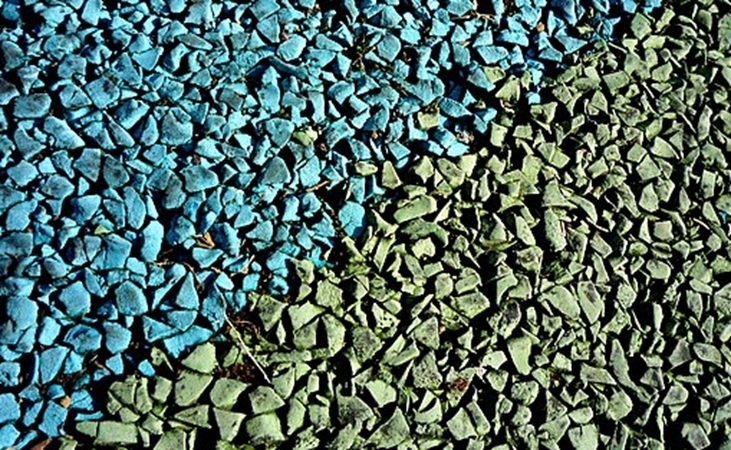
It also tends to retain heat, much like stone mulches, which can raise soil temperatures. On windy days, lighter rubber pieces may blow out of planting beds unless well contained.
Landscape Fabric/Weed Barrier Fabric
Landscape fabric is typically made from polypropylene or polyester and comes in both woven and non-woven forms (the latter are more permeable). The fabric can be laid over the soil to block weed growth while allowing air and water to pass through. It is often used in combination with stone or bark mulches for additional weed suppression.
While effective at reducing weed competition initially, the fabric can become clogged with soil or organic debris over time, reducing its permeability. Weeds can also grow on top of the fabric if enough debris accumulates. If not installed properly, it can also inhibit water absorption and root expansion.
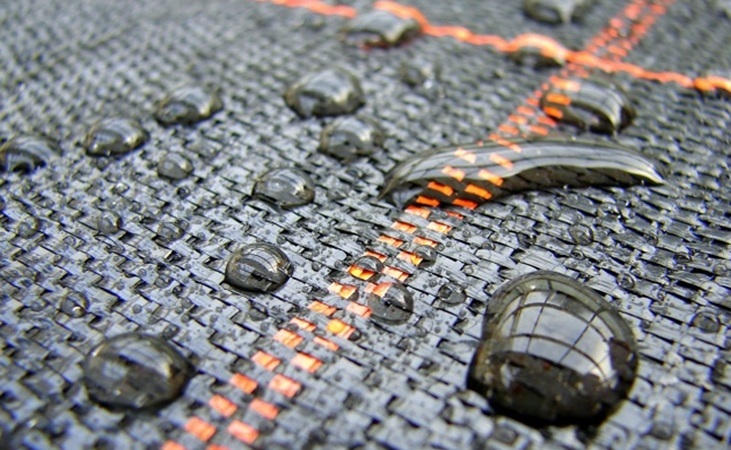
It is best suited for use in areas where plants are not frequently changed or in spaces with permanent shrubs and groundcovers.
'Gro Grid' is a semi-permeable weed control fabric that comes tailor made for placing over vegetable beds. The fabric features pre-made planting holes that suit a wide range of crops, with 4 variations that will suit 4 different loose groupings (e.g. Mat A is suitable for beetroot, broccoli, aubergines, herbs and so on).
When placed over the soil this material can keep weeds at bay, as well as retaining soil moisture, warming the soil in spring and preventing leaching of nutrients when there is heavy rain.

Gro Grid Planting Mat 'C' For Large Brassicas, Tomatoes & Courgettes
View ProductPlastic Sheeting
Plastic sheeting material can be particularly effective at warming the soil in early spring, which can promote earlier planting and faster crop growth. It also helps prevent erosion and reduces water evaporation, conserving moisture in arid climates. Clear plastic warms the soil more than black plastic, but black plastic provides better weed suppression by blocking light.
However, plastic mulch does not allow water or air to penetrate unless perforated or used with drip irrigation. It also contributes to plastic waste unless biodegradable options are used, and it requires removal and disposal at the end of the growing season. If left unmanaged, it can create issues with soil health and root development over time.
